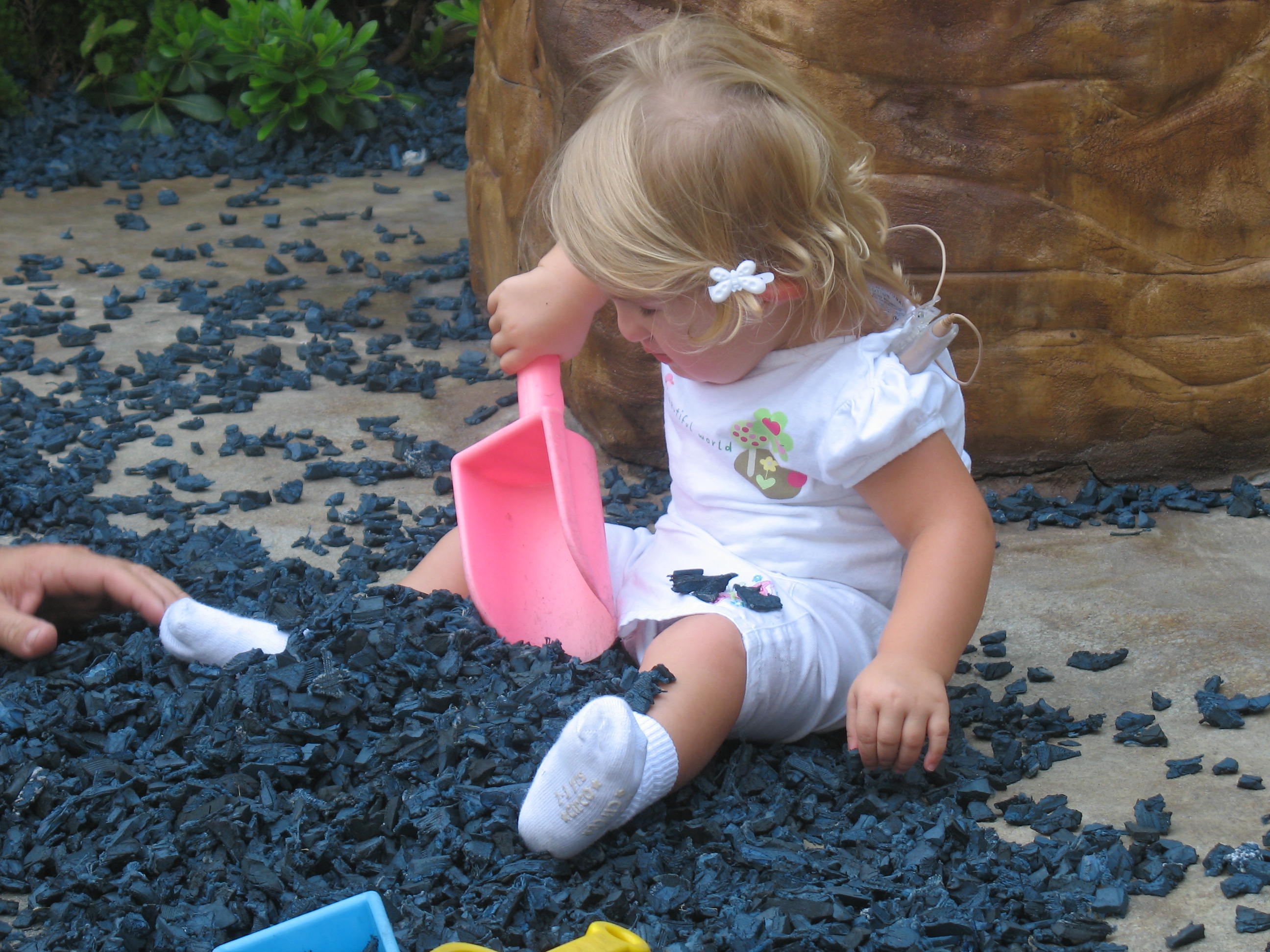Lesson 5: The Senses and Learning
In this lesson, you’ll learn about
- The senses: hearing, vision, taste, touch, smell, proprioception, and the vestibular sense
- How understanding a child’s available sensory channels helps families and teachers promote exploration and learning
Many children who are deafblind have some usable vision and/or hearing. Some may have enough vision to be able to move around their environments, recognize familiar people, or see sign language at close distances. Others have sufficient hearing to recognize familiar sounds, understand some speech, or develop speech themselves (Miles, 2008, p. 1).
Touch is a crucial sense for individuals who are deafblind. For many, it provides “access to objects, people, and language that would otherwise be inaccessible to them” (Miles, 2003, p. 1).
As a family engagement coordinator, you can support families by increasing your knowledge of how the senses impact learning and how families can take advantage of their child’s preferred senses.
Knowledge and Skills Addressed
- The importance of identifying and teaching to a child’s sensory preferences (e.g., residual hearing or vision, smell, touch)
- The importance of touch in development

Learning Activities
The following slide presentations are from the Open Hands, Open Access (OHOA) DeafBlind Intervener Learning Module: The Sensory System, the Brain, and Learning:
Assignment
Think of a child or youth you know who is deafblind. This might be your own child or the child of a family you know. Write a brief description of how the child uses their vision, hearing, touch, and any of the other seven senses. Which do they seem to rely on or prefer the most? How can their family or teachers take advantage of those senses to help the child learn?
References
Miles, B. (rev. 2008). Overview on deaf-blindness. DB-LINK: The National Information Clearinghouse on Children Who Are Deaf-Blind.
Miles, B. (2003). Talking the language of the hands to the hands. DB-LINK: The National Information Clearinghouse on Children Who Are Deaf-Blind.
